Earth Hour: Five tips to stop climate change from the kitchen
As every year, on the last Saturday of March, at 8:30 p.m., "Earth Hour" will be celebrated, a voluntary electricity blackout around the world to commemorate the fight against climate change and promote respect and care for the environment. On the occasion of this day, the Kitchen Furniture Association (AMC) lists a series of tips to promote responsible consumption, electricity savings and efficiency in the kitchen.
Appliances, key elements
AMC experts highlight appliances as fundamental elements in the energy efficiency of the home. The responsible consumption of electricity and water depends on them, and they are key to promoting the energy efficiency that is defended in this act and, consequently, to curb climate change.
With the entry into force of the new energy efficiency labels for household appliances, it is easy to distinguish which ones are more and less efficient. They are rated on a scale from A (the most efficient rating) to G (lowest rated). This label contains other data of interest with respect to sustainability, such as the duration of the eco programs or the annual consumption in kWh.
From AMC they emphasize that choosing the most efficient model, the one with the A label, in addition to having a positive impact on the environment, generates significant economic savings: "The consumer can save up to €60 in a year of consumption in the washing machine, up to €163 in the freezer, €163 in the dryer and up to €170 in the refrigerator, the appliance in which the savings are more notable”, they say.
However, curbing global warming does not depend only on appliances, but how they are used is also crucial. In this sense, when using the different electrical appliances that make up our kitchens, AMC advises:
• Take advantage of the residual heat of the ceramic hob, turning it off a few minutes before the food is ready.
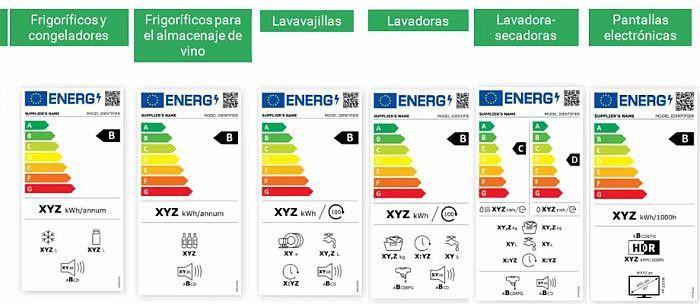
• The oven is one of the appliances with the highest energy consumption, but there are some accessories with which it can be reduced. For example, ovens with wireless thermal probes measure the interior temperature and include an indicator that warns when the recipe is ready, avoiding opening and closing the oven and losing heat, increasing consumption to heat up again. In this sense, the interior LED lighting is also useful for greater visibility without having to open the door.
• Regarding the extractor hoods, the most important thing is that they adequately filter the air. In addition, there are models with recirculation systems, which suck in the air and return it clean to the interior of the room, avoiding the loss of heating in winter and air conditioning in summer.
• In the refrigerator it is important to keep it at 5º for refrigeration and -18º for freezing. Opening and closing it generates an unnecessary increase in energy consumption, so models with a screen on the door or connected to the smartphone that allow you to see the interior without opening it are the most respectful option with the environment.
• Putting the dishwasher on involves 40% less water consumption than washing the dishes by hand.
When using the washing machine, short wash cycles, with cold or lukewarm water and full loads, generate significant savings in water and energy consumption.
sustainable furniture
Caring for the environment begins in the manufacture of the kitchen, so we will collaborate in stopping climate change if we choose furniture made in a sustainable way and with eco-design, which means that during the production process, CO2 emissions, discharge control, waste generation and water consumption have been minimized.
The materials used in the manufacture and the requirements of the finished product must also be taken into account. The use of natural materials, such as wood from sustainable forestry, considerably increases the quality of the furniture and, therefore, its life cycle is longer, promoting sustainable development, while reducing the environmental impact by reducing or not using plastic or its derivatives.
From AMC they emphasize the commitment of the Spanish cuisine sector with the environment and point out that “good homemade cuisine stands out for its design, quality and the climate commitment of its producers. There are many AMC associates that offer ecological furniture and there are already several who have chosen to eliminate the most polluting chemical elements from their paints and varnishes to create water-based products made with renewable materials of plant origin. Sustainability covers the entire distribution chain of our partners, so that even the packaging material for shipments contains hardly any plastic, since it has been replaced by recycled cardboard.”
Waste management
If we carry out effective waste management, we will be putting our grain of sand in promoting the circular economy, reducing pollution and promoting recycling. Recycling centers these days make the most of space, so kitchen size is not an issue.
In addition, for organic waste, there is nothing better than installing a waste disposer under the sink, since it facilitates the processing of waste in an instant, hygienic and sustainable way, reducing the waste to very fine particles that can be eliminated with a minimum amount of water, without chemical processes.
Saving water
Advances in taps allow efficient water consumption and, thanks to the flow reducers and single-lever taps with thermostat, the water comes out at the desired temperature from the first moment, without having to wait a few minutes for it to come out cold or hot enough.
There are also faucets that instantly deliver cold and very hot (close to boiling) filtered water at the touch of a button.
LED lighting
The main advantage of LED lighting, the most environmentally friendly, is its low energy consumption, which leads to savings of almost 80% compared to traditional lighting. In addition, mercury is not used in its manufacture, it emits hardly any heat, its installation is simple and it is highly resistant to shocks, humidity and temperature changes.

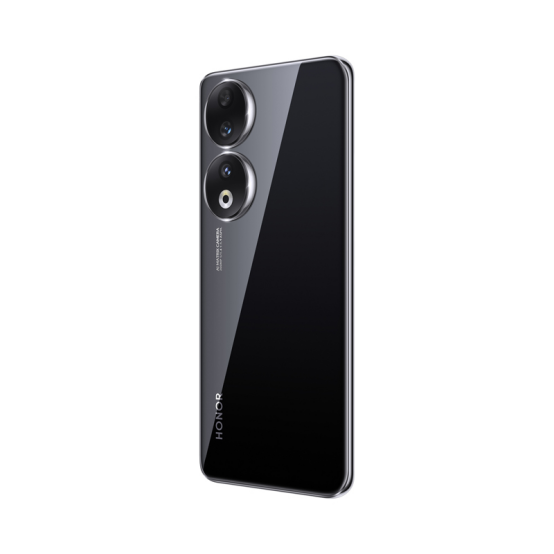
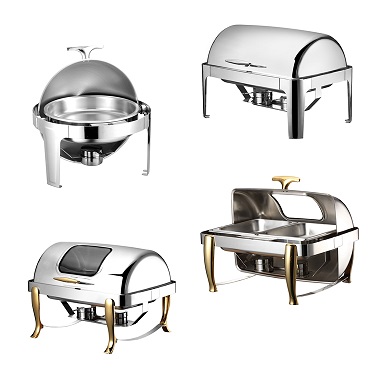

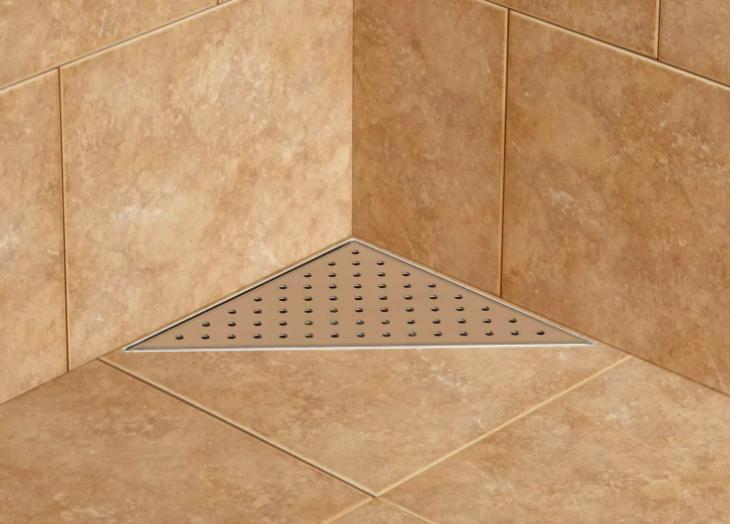

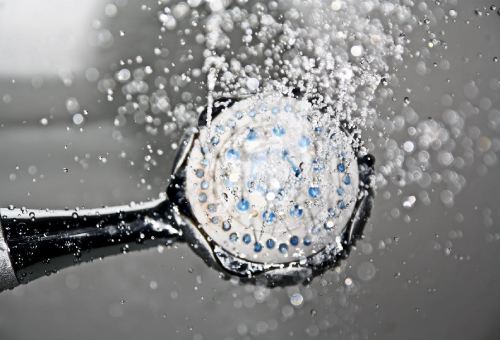
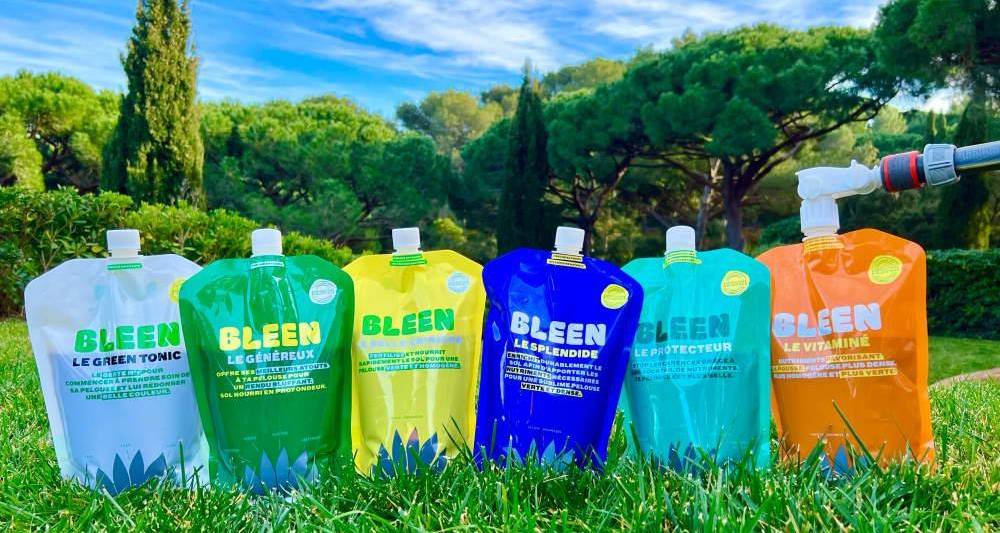
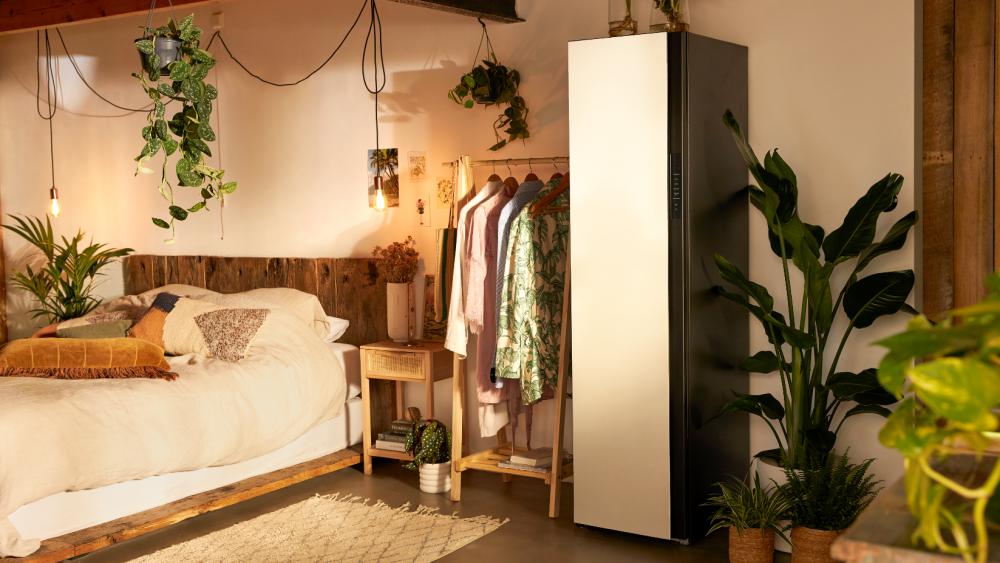
2130